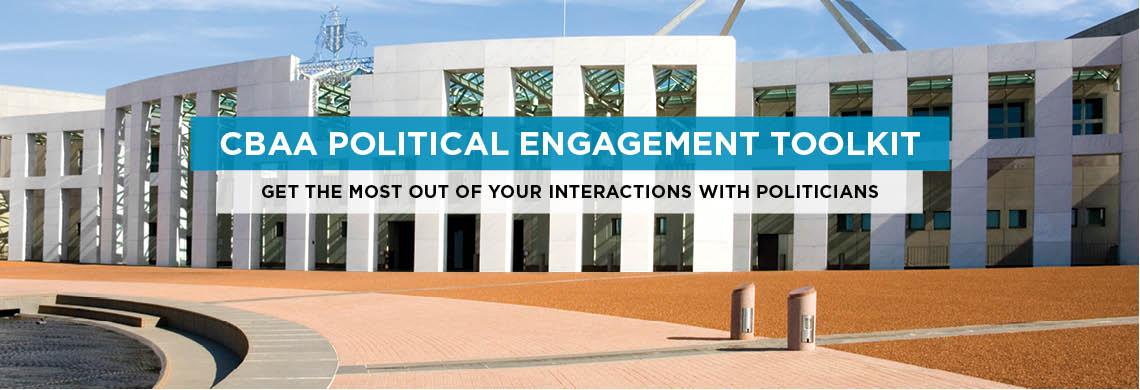Promoting Community Radio
When you are talking to your politicians, you need to be prepared to promote community radio. This means becoming familiar with talking about the sector generally, as well as how your station fits into both the sector and the community.
Community Radio:
- Not-for-profit
- Income goes into developing station
- Large numbers of volunteers
- Restricted advertising
 Funded by a mix of subscribers, sponsors, fundraising and govt. grants
Funded by a mix of subscribers, sponsors, fundraising and govt. grants- Primarily local content
- Independent / community run
- Run by locals
- Easy for community to get involved
- Collaborative
Commercial Radio:
- For profit
- Income goes to shareholders
- Primarily professionals
- Lots of advertising
- Funded primarily by selling advertising
- Mainly generalist content
- Subject to corporate/government influence
- Run by corporations or bureaucrats
- Community kept at arms length
- Combative
So what is community radio?
Community radio stations are operated in the community, for the community, about the community and by the community. Communities can be geographical — for example based around a city, suburb or town — or they can be centred on a particular area of interest, like religion, ethnicity or age.
Over 5 million people listen to community radio every single week. The average listener is as varied and unique as the average Australian.
According to Professor Michael Meadows community broadcasting in Australia empowers audiences “to re-engage in the processes of democracy at the grass roots’ level creating social coherence through diversity”.
Developing Local Information
f you had two minutes to ‘sell’ your station to a local representative or potential sponsor, would you be able to do it? Practice ‘elevator pitches’ like this and have them in your back pocket for when the case arises.
Factsheet A: Introducing Community Radio and Factsheet B: Community Radio and Government have been designed to be able to handed directly to politicians and give them an overview of what community radio is.
Create a 1-2 (maximum) A4 page primer about your station, giving a quick snapshot of your station. Things to include:
- Principles and vision: One to two sentences getting at the core of your station’s values and reason for being.
- Audience and reach: Who is your station targeted at? How many people do you reach? Are there other methods of communication other than broadcast?
- Organisational structure: Highlight the relationship between the board, station management, any paid staff and volunteers. Demonstrate the importance of volunteers to the organisation.
- Variety of programs and personalities: Overview the breadth of programs you broadcast and the variety of people who produce them. Don’t include everyone’s name, but consider highlighting one or two key presenters or programs that typify what your station does.
- Community outreach: Highlight the ways that the station interacts with the community, e.g. working with local council, broadcasting from live events, providing career development.
- Achievements List station milestones such as years of operation, successful events sponsored, and awards won.
- Ways to get involved: If someone wanted to get involved at the end of reading your info sheet, could they? Supply contact information and list three ways someone can engage with your station, for example: become a member or volunteer, attend an event, make a donation.
READ MORE
Like with most other campaigns, a successful political engagement campaign will combine a variety of different strategies.
Partisan politics can be a vicious business and stations are right to tread carefully.
Designed for staff, volunteers and committee members at Australian community radio stations, this toolkit highlights the need for and benefits of political engagement as well as providing easy to follow insights into how to do it successfully.




